
Opinion: The Silly (Hidden) Costs of Living With an EV No One Talks About
After living with an electric car, I noticed some silly (hidden) costs of driving an electric car, which may often go unnoticed.

In any discourse on automobiles today, the mention of the ‘EV’ word seems almost obligatory. Now, while the number of EVs in global markets has witnessed massive growth, their popularity is rising in India too. However, interestingly, the demand in our country seems to be driven by lower running costs of EVs rather than environmental considerations. Although that’s a myth. Electric cars aren’t quite as cheap to run as they want you to believe, and I will tell you exactly why, for I have just spent a month living with an EV.
Some facts and figures first. The car in question is the Ioniq 5, which packs a 72.6kWh battery pack, with a claimed range of 631km on a single charge. However, to get anywhere close to attaining that figure you need to have the temperament and patience of a Buddhist monk; otherwise, it’s simply not attainable. According to my calculation, I could only manage to get around 470km (6.5km/kWh) in city driving, and this dropped to around 380km (5.2km/kWh) on highways.
Now, here’s the interesting bit. The cost/km is not solely determined by number of units (kWh) consumed but also by the source of your watts. Your best option, of course, is home charging. In Noida (Uttar Pradesh), where I stay, the per unit cost of electricity is ₹6.5, which means that the cost/km is an astonishing ₹1-1.5/km. That’s lower than a 100cc petrol scooter! Remarkable, isn’t it? Well, not quite…
You see, I stay in an apartment (4th floor), and my parking spot is in the second basement, so it’s virtually impossible for me to connect an EV to my ‘home’ socket. And even if I could, using a three-pin 16A home socket via a make-shift extension would only allow for trickle charging (2-3kW), meaning for a battery pack as big as the Ioniq’s, it would take around 48 hours to fully replenish. Sure, the more sensible option would be to install a bigger charger in your parking lot, but that’s no easy task. Most high-rise apartments and their RWAs won’t let you install personal EV chargers. And if you stay in one of these establishments, you’d be aware that driving your car to the rooftop of your building is probably an easier job than getting approvals from the RWA.
The next, or more feasible, option is public chargers, which thankfully are now abundant. However, they aren’t cheap. Using a 60 – 100kW public Tata Power or a Statiq DC charger would cost you anywhere around ₹20-24/unit – nearly four times the regular rate! In my case, the cost/km shot up to around ₹3-5/km. Sure, it isn’t that much of a difference, especially when compared to a petrol or a diesel vehicle, but the bigger issue here is the time you are compelled to waste while using a public charger. On average, every visit to one of these public charging stations consumed at least two hours of my time. And I am here referring to really fast chargers and not the smaller 25kW or 30kW ones.
Now, let’s get down to brass tacks – the actual faltu kharcha or unnecessary spending that nobody talks about while using public chargers. You see, most of these chargers are strategically placed in public spaces such as shopping malls, near upmarket food courts, and even in 5-star hotels. The service providers are well aware that you’ll need to kill time while your car is being charged. They know you’ll be wandering around aimlessly, so why not collaborate with other businesses and lure you into spending more?
From my personal experience, I can attest that this tactic works. In fact, it’s a masterstroke – not for your benefit but for the businesses involved. To give you an idea, in just two weeks of living with an EV, I found myself buying a new pair of shoes and three tees that I didn’t really need, in addition to raking up bills totalling over ₹3,000 on just coffee and fast food! Of course, I tried to restrain myself from going on a mindless shopping spree in the following weeks, but I still ended up spending an average of ₹500 for each charging session, primarily on coffee, for one cuppa of hot Mocha isn’t enough when you have two hours to kill.
I do acknowledge that I could have planned things in a better way. However, I still maintain with conviction that EVs aren’t as cost-effective as they’re cracked up to be, especially when you don’t live in a mansion or private house of your own. Sure, even an average Joe can work around these issues if they really want to switch to electric mobility, but it won’t be a walk in the park.
Make no mistake, I am not an EV hater – instead, after living with the Ioniq for so long, going back to ‘regular’ cars feels antiquated. The sheer acceleration, refinement, tech, and quietness – all these aspects eventually endear you to an EV. However, the fundamental purpose of an EV is to contribute to saving the planet and offer a more cost-effective option than ICE vehicles. But, so far, EVs haven’t yet fully convinced me on either of the two parameters.


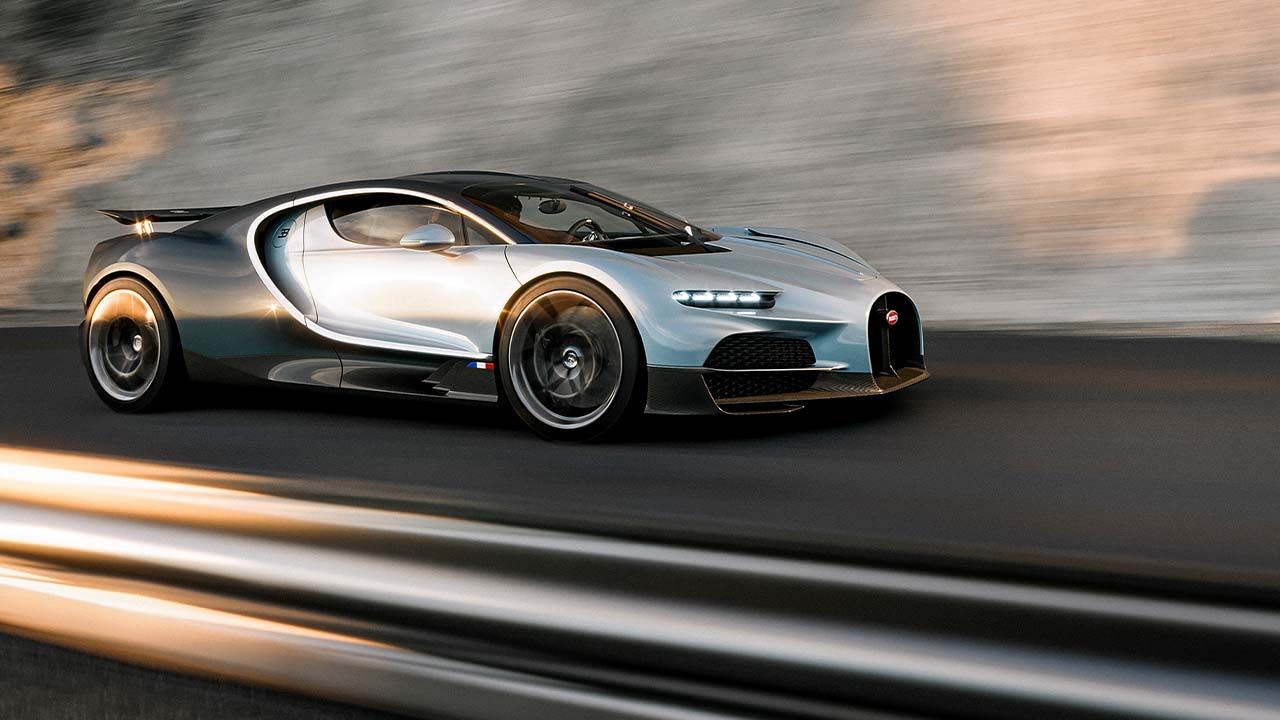
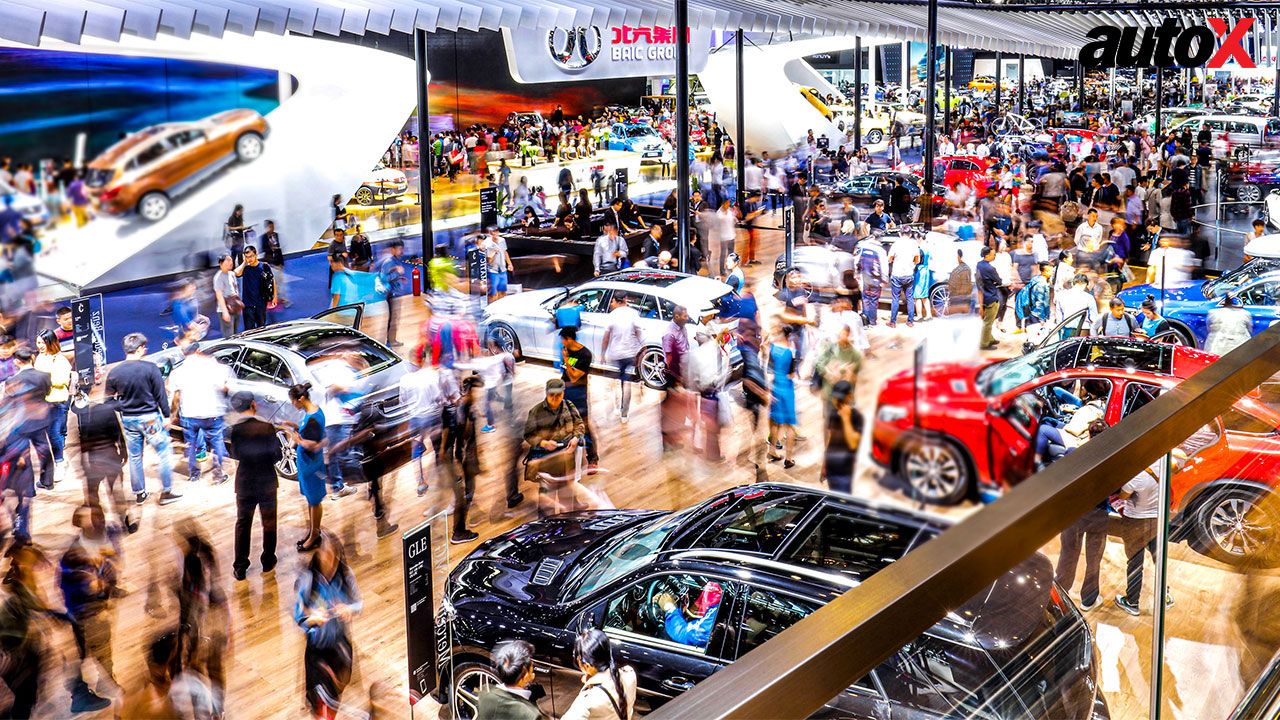
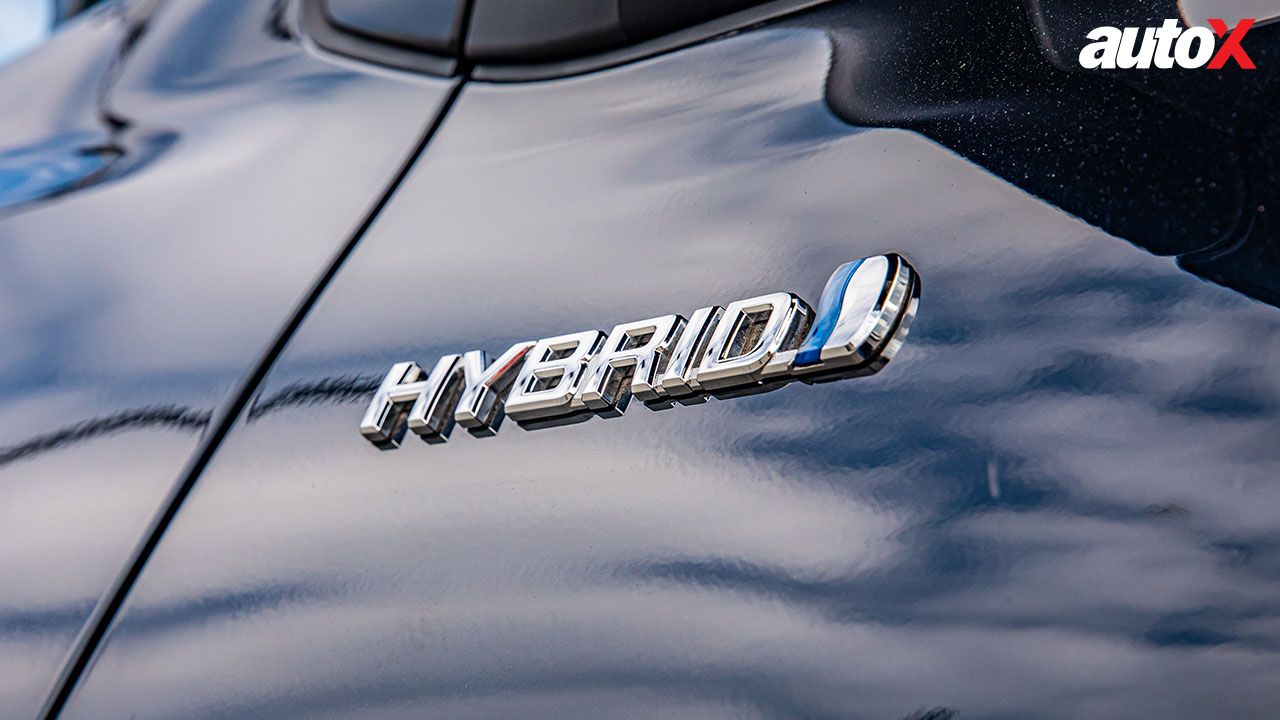
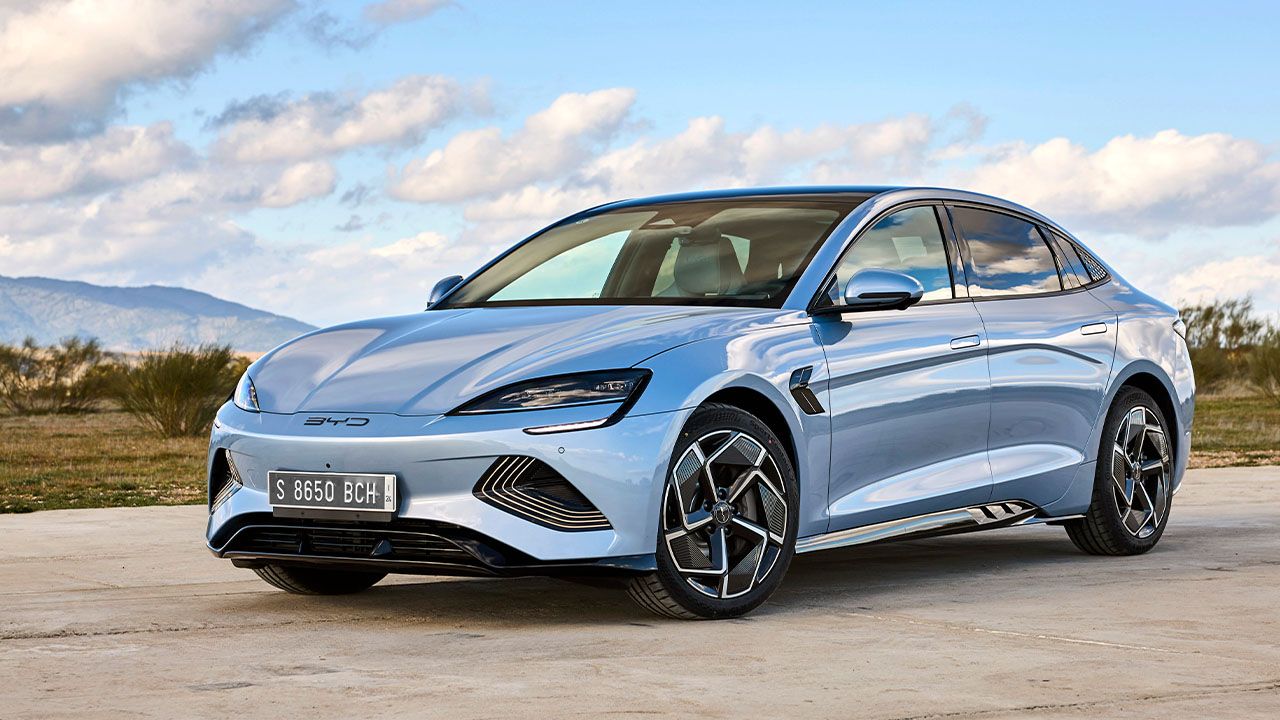
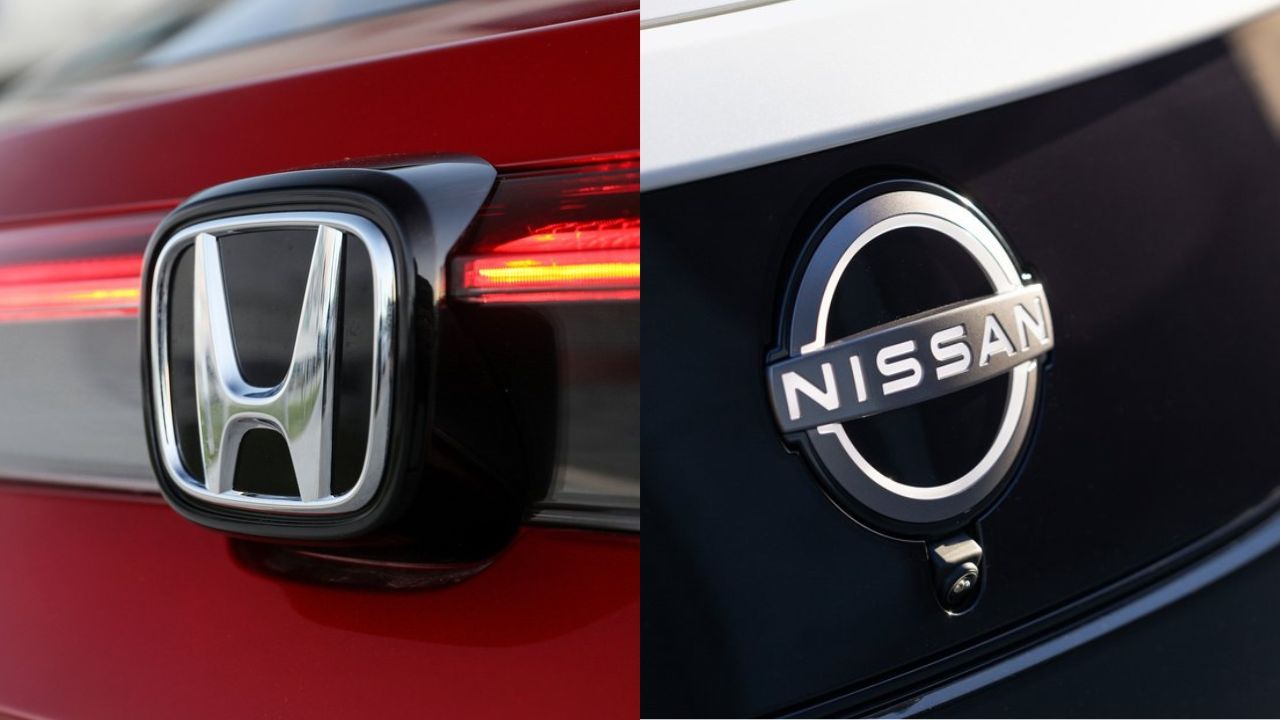
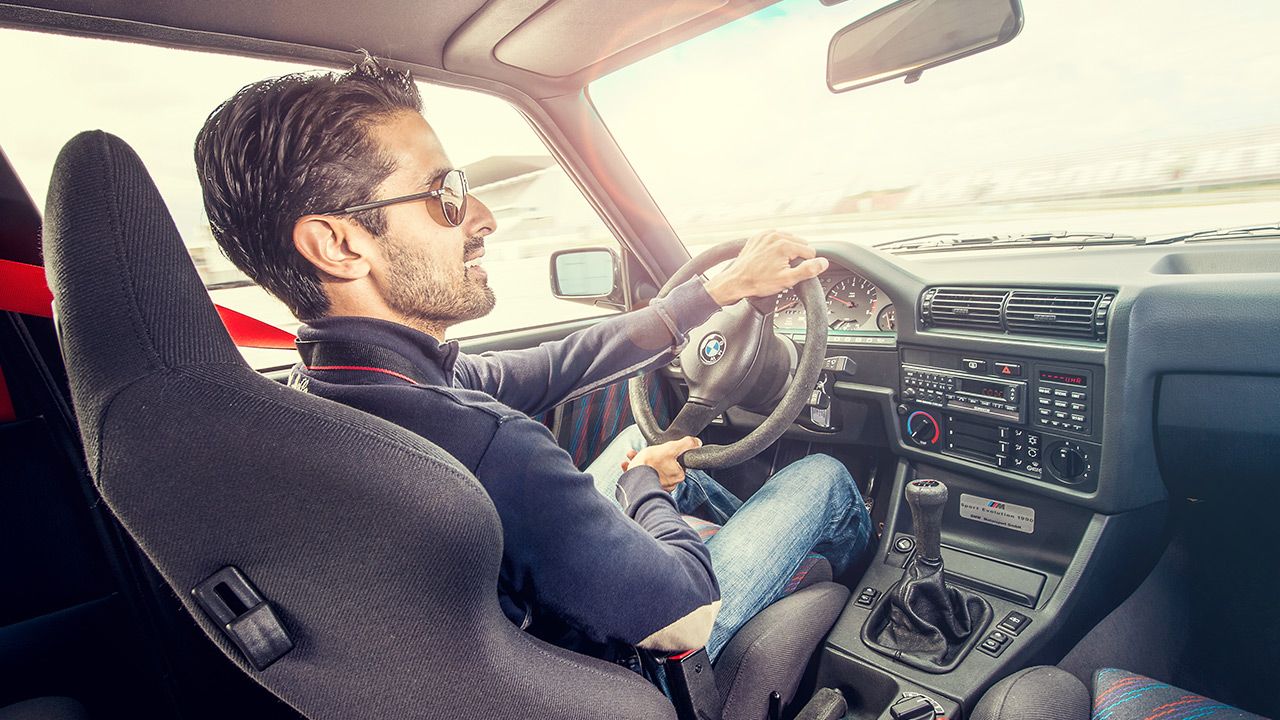

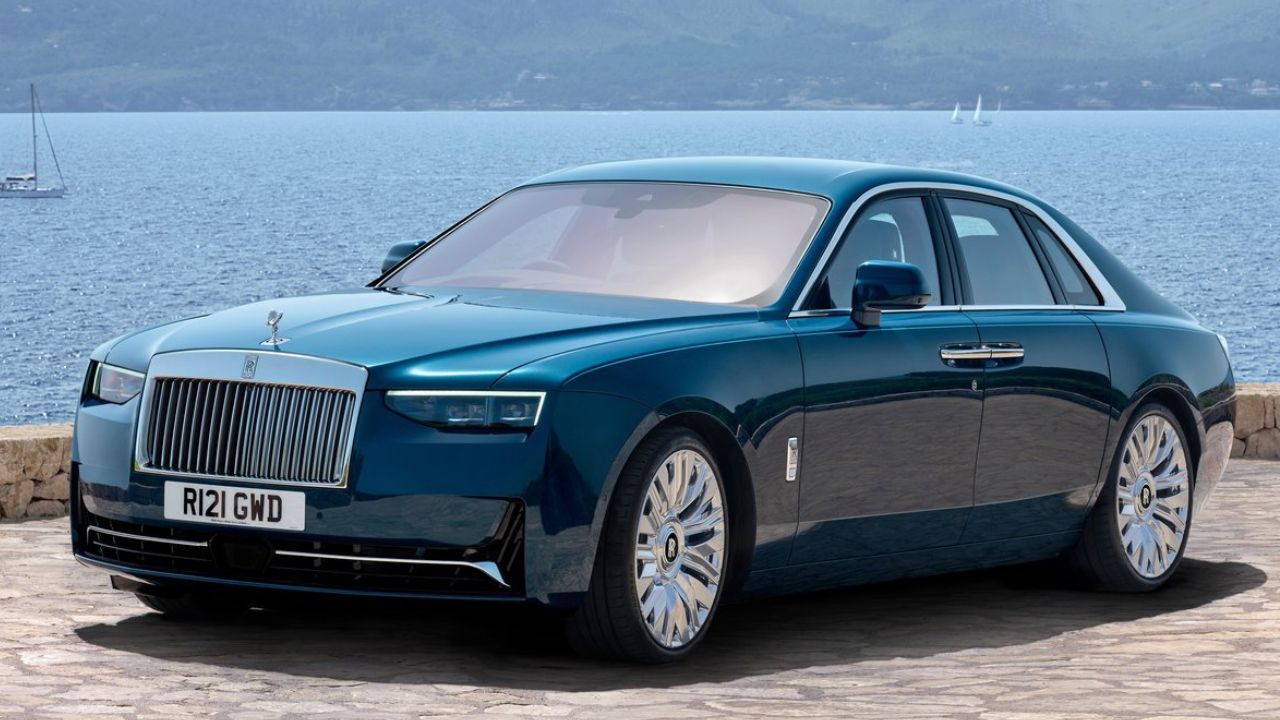
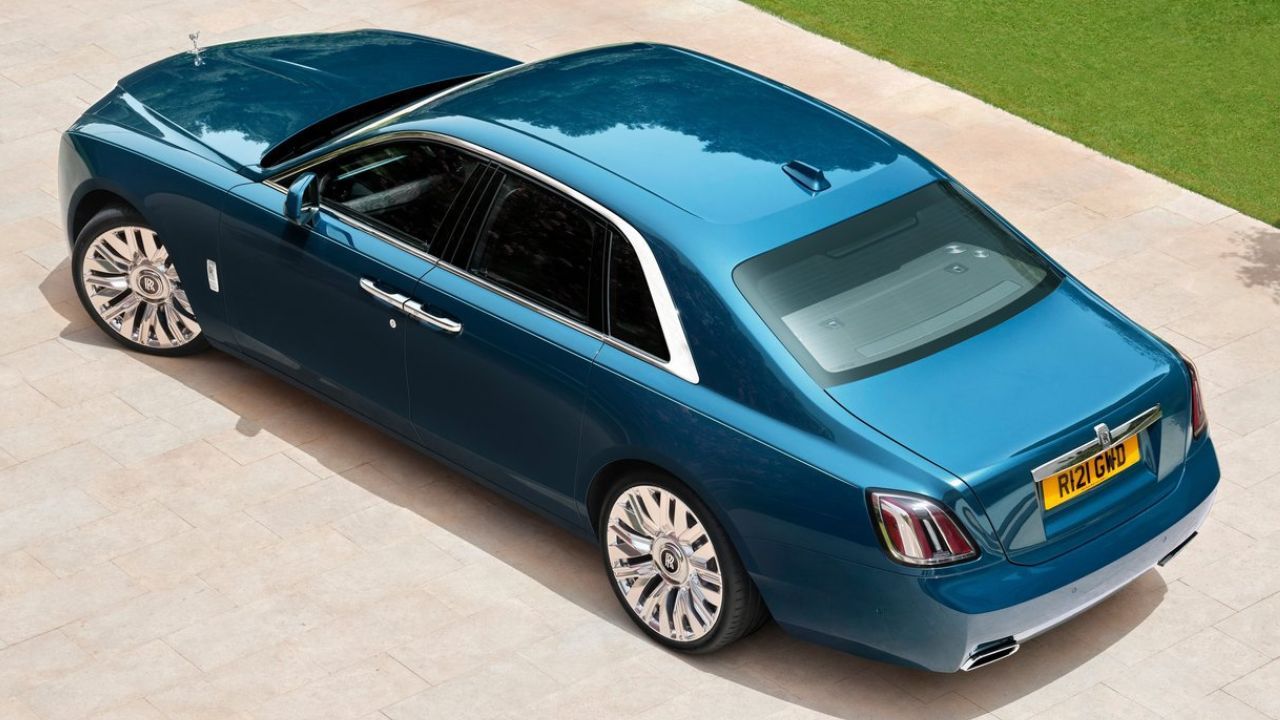
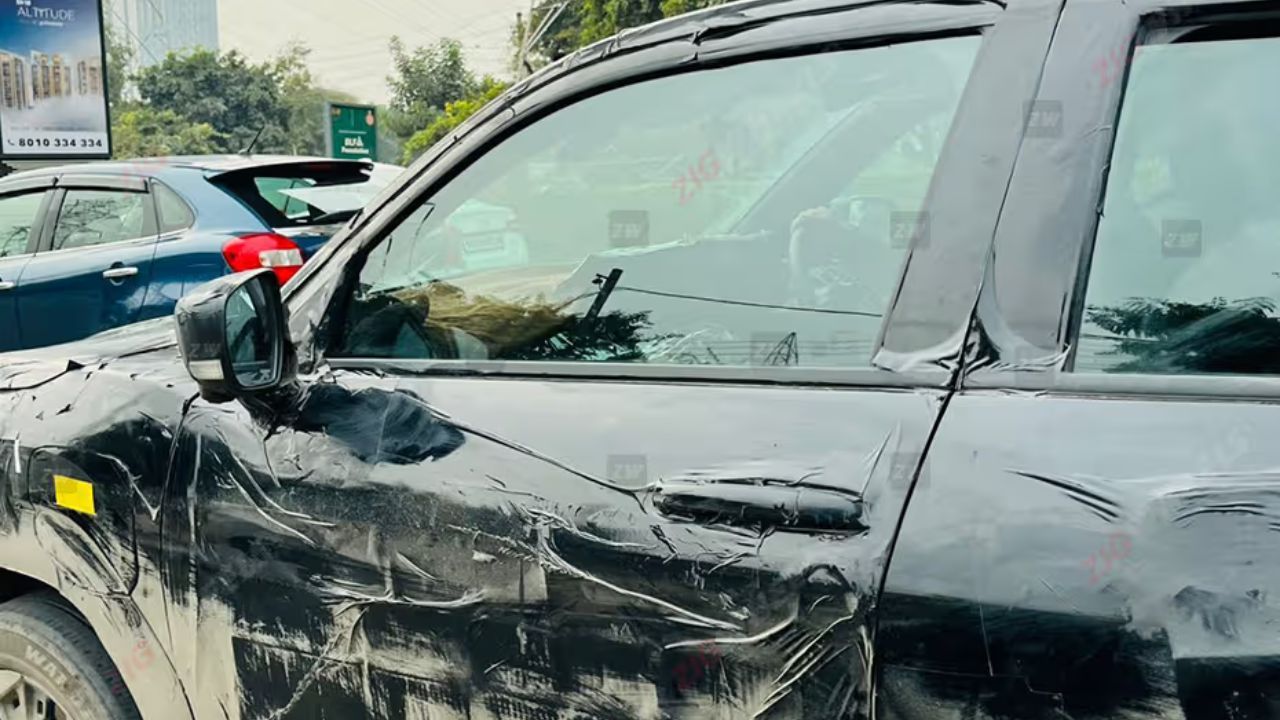
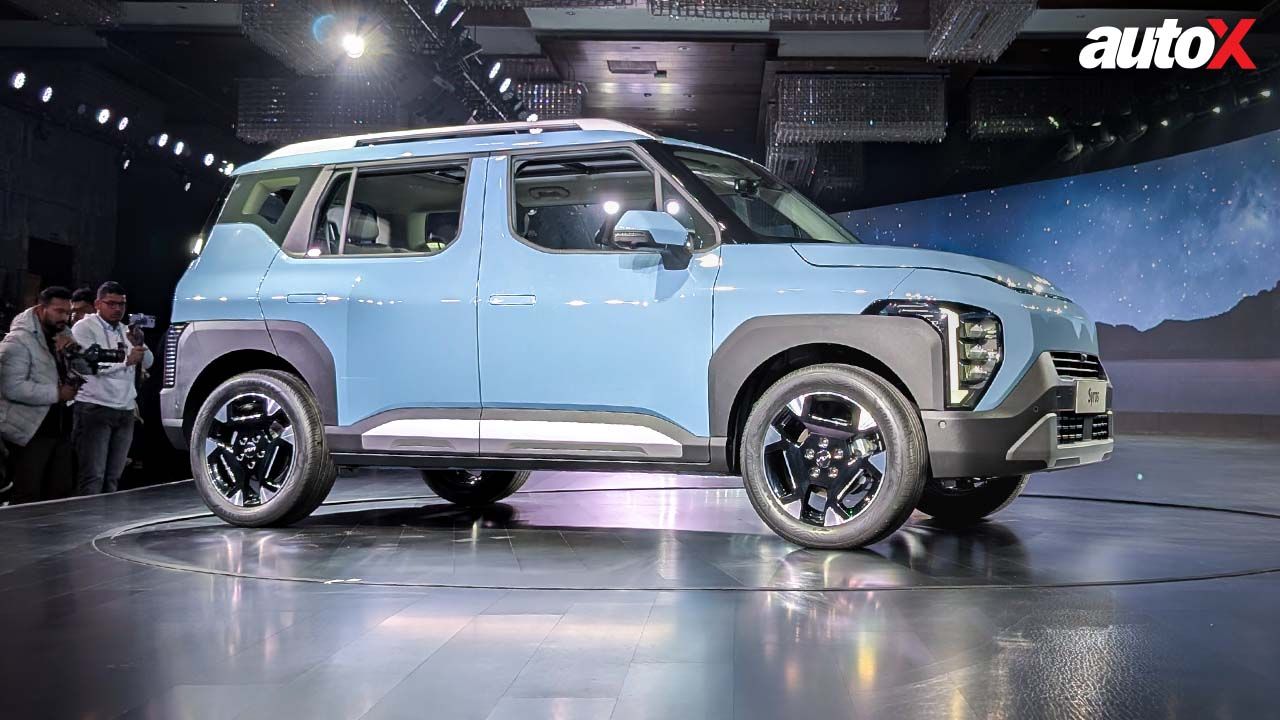
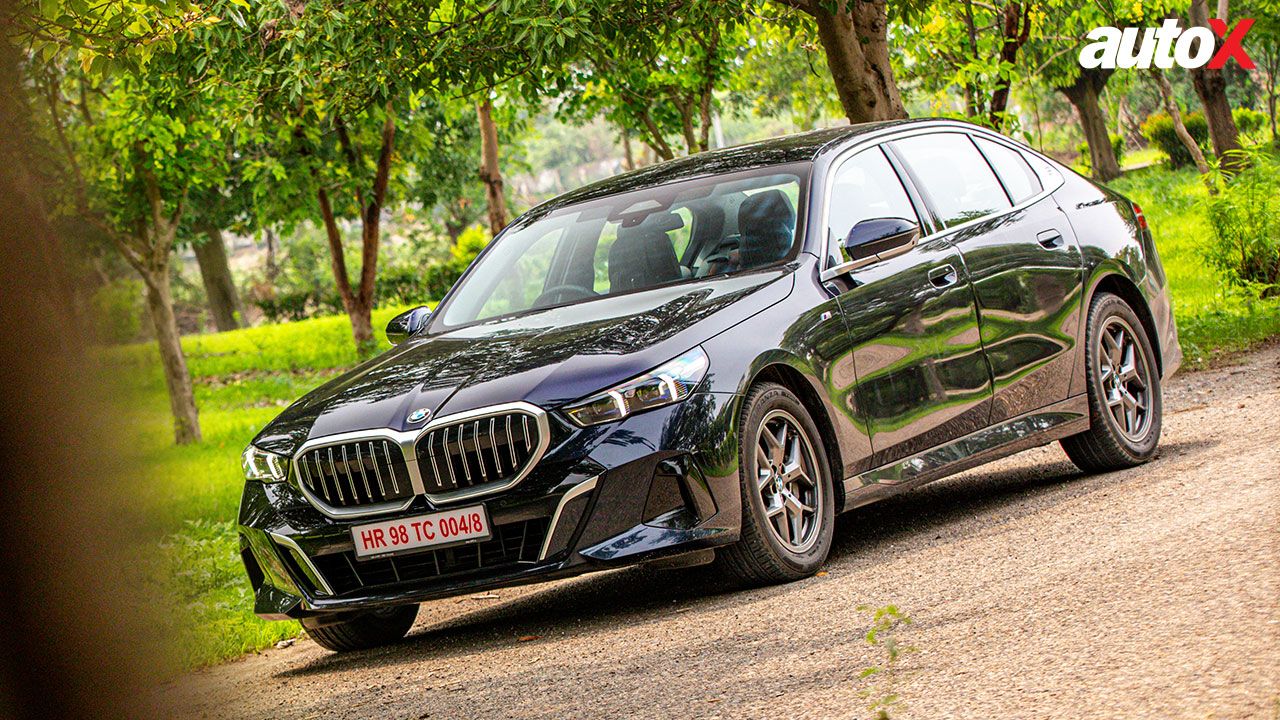
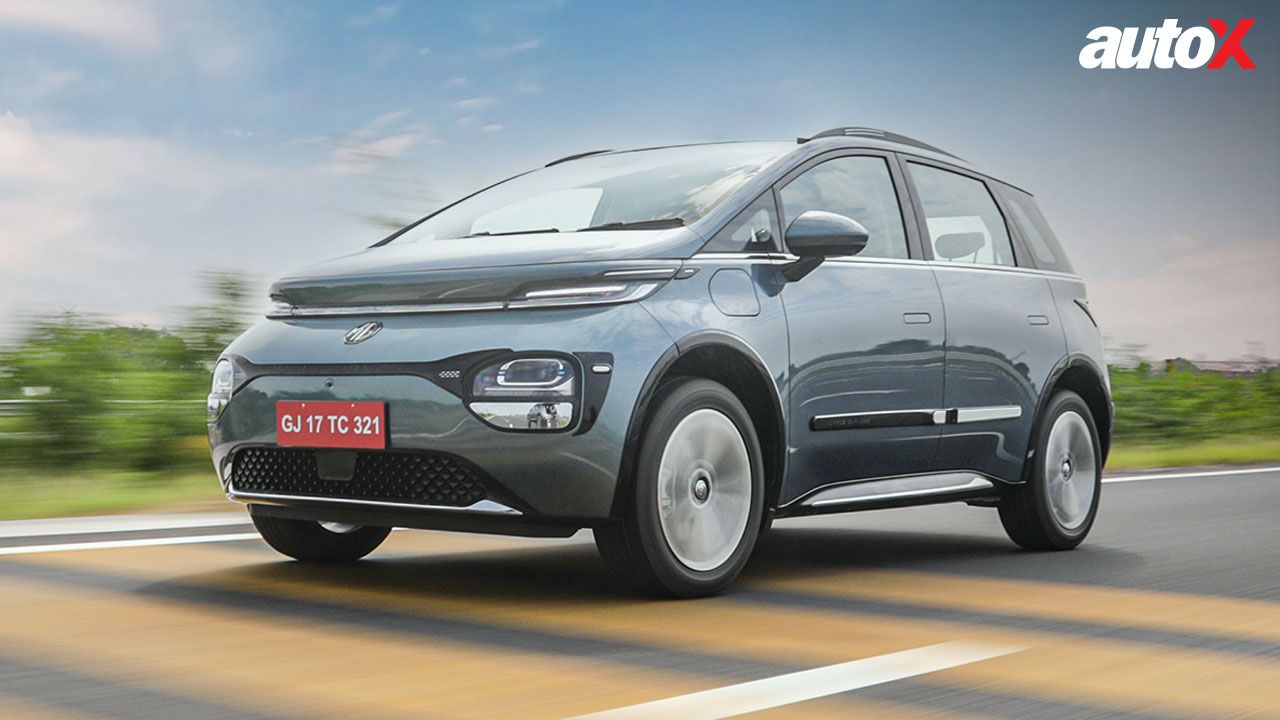
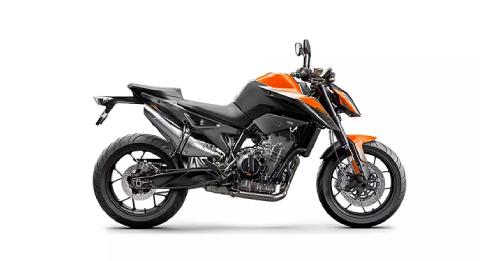
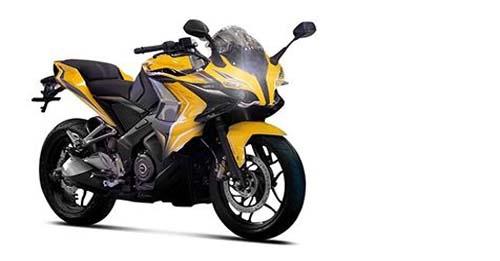
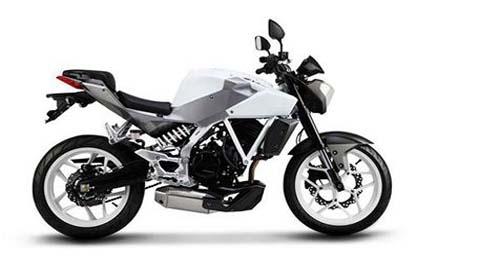
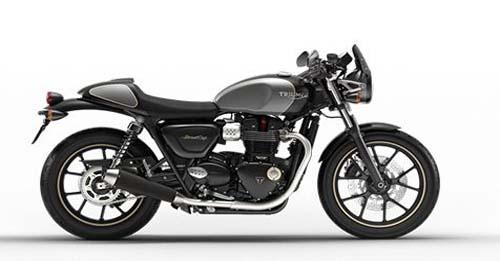










Write your Comment on